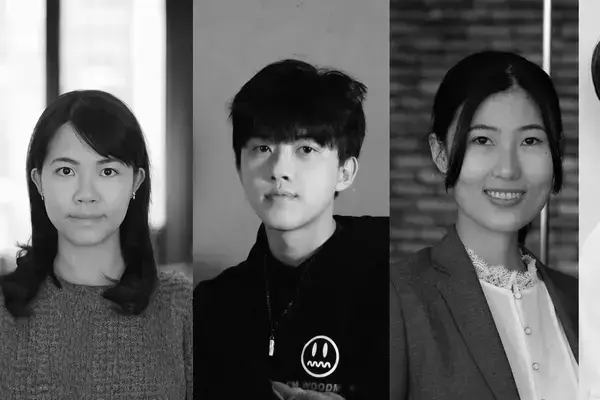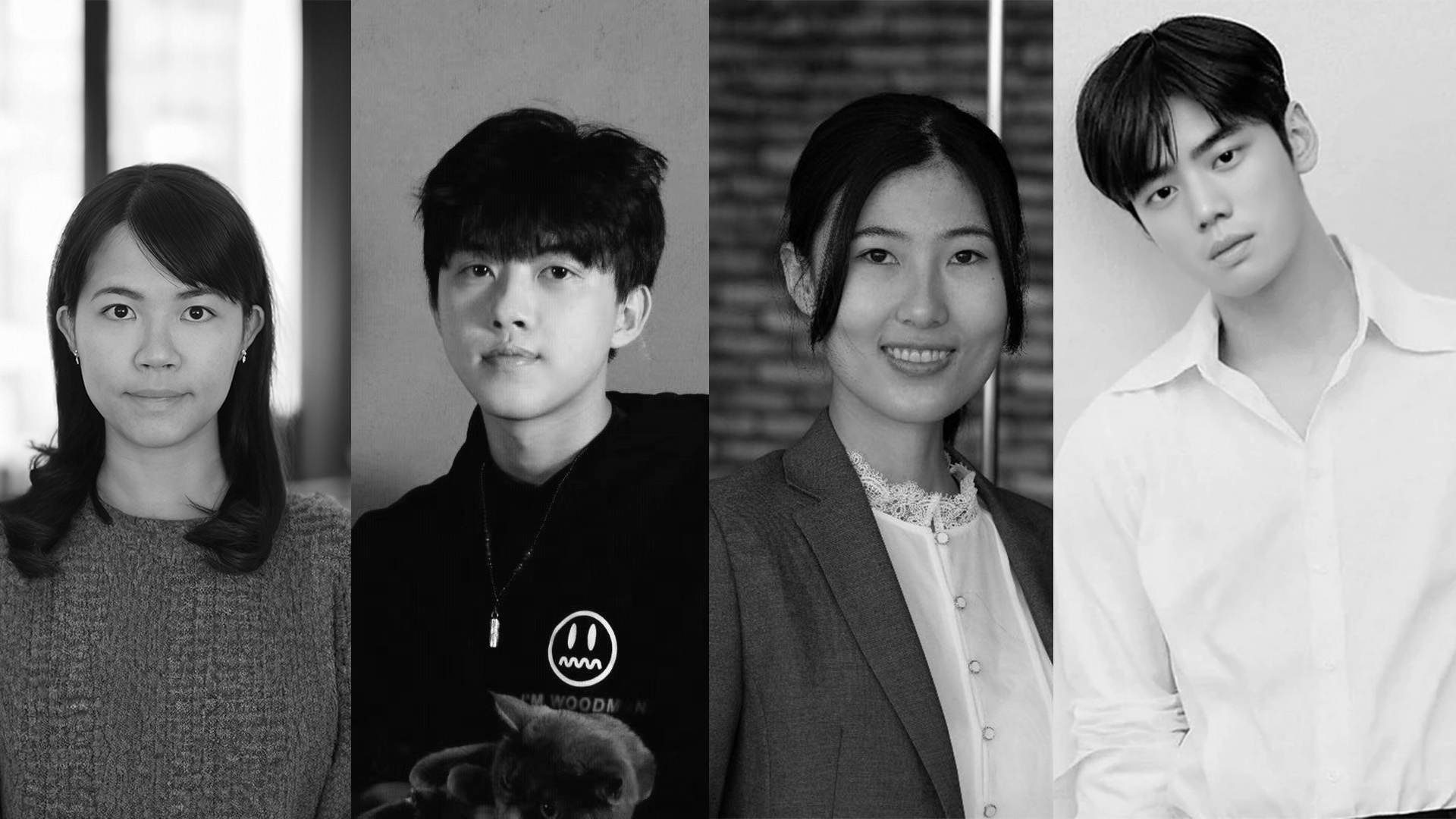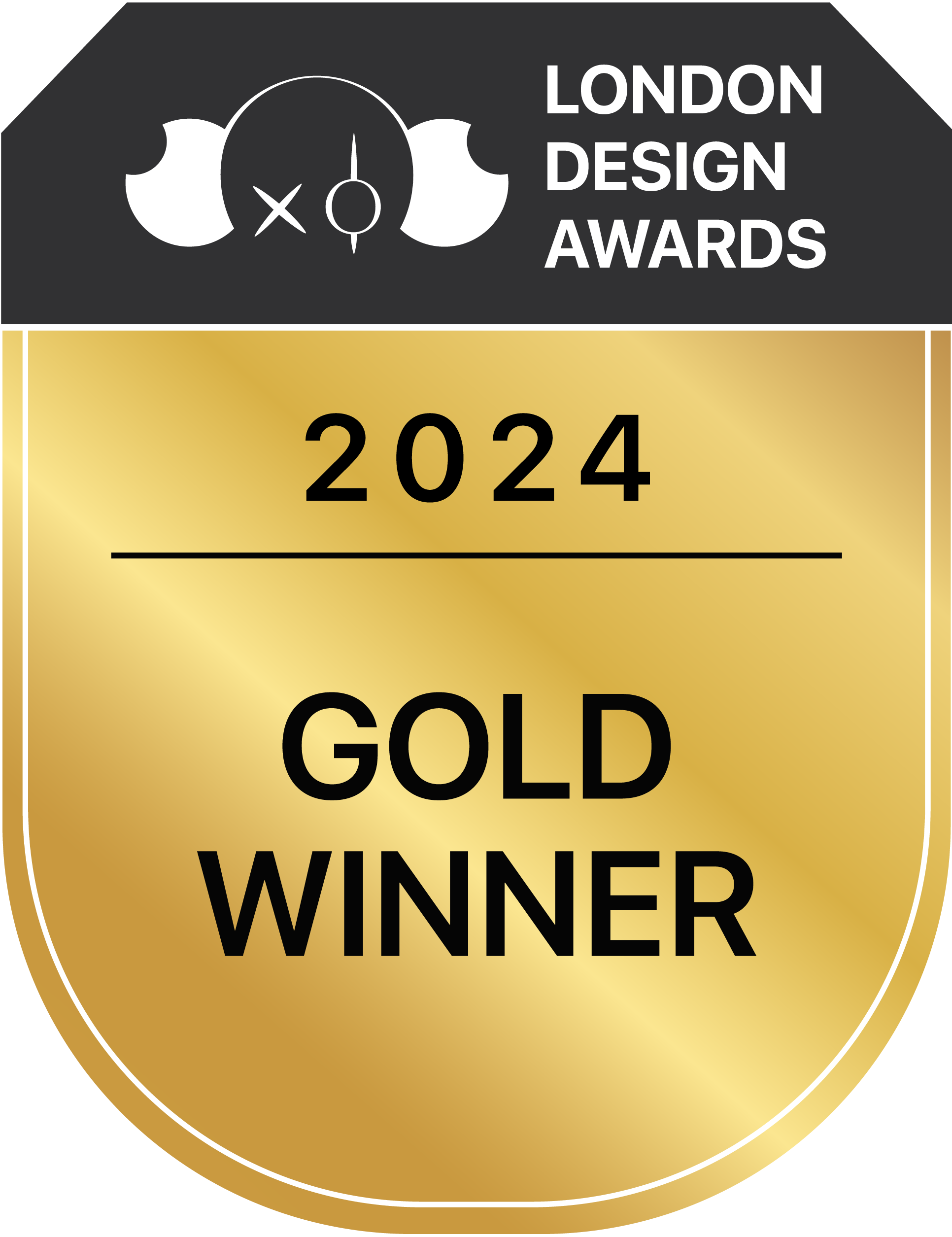
Studio O&E
1. What made you become/why did you choose to become a designer/artist?
As a group of designers specialising in human-computer interaction and industrial design, our decision to pursue this path was driven by a collective passion for creating solutions that seamlessly blend functionality and aesthetic appeal. Each of us was drawn to design by the opportunity to make a meaningful impact on people's lives through thoughtful and user-centered solutions. We are motivated by the challenge of problem-solving and inspired by the potential to shape the future through our creativity and expertise in our respective fields.
2. Tell us more about your agency/company, job profile, and what you do.
Our studio functions as a nonprofit platform that encourages creativity and collaboration among talented individuals. We are committed to offering a space where designers from diverse disciplines can share ideas, discover inspiration, and ignite creative sparks.
In addition, we actively support design competitions and provide showcase opportunities, allowing our designers to gain visibility and present their innovative solutions to the world. By fostering these interactions and opportunities, we strive to nurture the growth and recognition of emerging talent within the design community.
3. What does “design” mean to you?
"Design" involves crafting solutions that are both functional and aesthetically pleasing, addressing problems through innovative approaches to enhance how people engage with the world. It’s about comprehending human needs and applying creativity to create improvements.
4. What’s your favourite kind of design and why?
We favor designs that effortlessly blend visual appeal with practical functionality. We are drawn to solutions that are elegantly simple yet highly effective, often solving subtle issues that users might not immediately notice. This method merges artistic creativity with industrial design principles and a refined user experience, enhancing daily interactions with grace and ease.
Our passion lies in creating designs that achieve a perfect harmony between aesthetics and usability, enriching people's lives by making everyday tasks more intuitive and enjoyable.
5. To you, what makes a “good” design?
A "good" design harmoniously integrates form and function, meeting user needs through a balance of creativity and practicality. It improves usability while also taking into account sustainability and ethical considerations, creating a positive and lasting impact.
6. How did you come up with the idea for your award-winning design?
LINX was established to fill a crucial gap in mental health education. Traditional approaches like brochures, posters, and forums often fall short in cultivating genuine empathy among those who have not personally experienced mental health challenges. We believe that true understanding and respect for individuals facing these issues can only come from firsthand experiences.
LINX aims to bridge this gap by offering the public opportunities to engage directly with the realities of mental health challenges. By doing so, we strive to break down stereotypes and foster deeper empathy and respect. This approach not only heightens awareness but also nurtures a supportive and inclusive community, contributing to a more compassionate society as a whole.
7. What was your main source of inspiration for this design?
Facing the challenge of a mental health disorder is already difficult, but an added layer of pain comes from dealing with others' reactions to these conditions. A study on attitudes toward mental illness revealed that only 25 percent of those surveyed expressed sympathy for mental health challenges.
More individuals than we anticipated are suffering from mental health disorders while trying to conceal their conditions to avoid discrimination. The urgent need for an effective solution to educate the public and combat social stigma surrounding mental health is clear. An innovative approach is necessary to enhance social awareness and empathy, reducing the harm experienced by both patients and caregivers.
8. Do you think your country and its cultural heritage has an impact on your design process?
Our design process is deeply influenced by our Chinese heritage and education in the USA. From China, we inherit a strong emphasis on craftsmanship, meticulous attention to detail, and the seamless integration of functionality with aesthetic appeal. Our American education has provided us with exposure to diverse design methodologies, technological innovations, and global perspectives, enriching our ability to create meaningful and impactful designs.
9. Congratulations! As the winner of the London Design Awards, what does it mean to you and your company and team to receive this award distinction?
Thank you so much! Receiving this award has truly bolstered our pride and confidence. It serves as validation that we are making informed and beneficial decisions for our endeavors. This recognition fuels our determination to continue striving for excellence and making meaningful contributions in our chosen field.
10. Can you explain a bit about the winning work you entered into the London Design Awards, and why you chose to enter this project?
Navigating a mental health disorder is already a daunting challenge, compounded by the additional burden of societal reactions. Many individuals with these conditions often conceal them to avoid discrimination, highlighting a critical need for effective public education to combat stigma.
LINX represents a transformative approach through its gamified Extended Reality book, offering users an immersive journey into the daily struggles faced by patients. By stepping into the patients' world firsthand, users engage with and complete tasks that simulate various symptoms within interactive scenarios.
This innovative method cultivates empathy by allowing users to experience these challenges directly. It fosters a deeper understanding of the complexities patients encounter, promoting a more inclusive and supportive environment.
LINX not only educates but also aims to reshape perceptions and attitudes toward mental health, ultimately contributing to a more empathetic society where stigma is reduced and understanding is heightened.
11. What were the main challenges you faced during the design process, and how did you overcome them?
As designers, our main challenge was balancing user needs with technical constraints. We overcame this through iterative prototyping and user testing, collaborating closely with developers to ensure our solutions were both functional and user-friendly.
12. How do you think winning this award will impact your future as a designer?
Winning this award will significantly impact our future as designers. It will bolster our confidence and motivation, while also enhancing our credibility and visibility within the design community. This recognition paves the way for new opportunities for collaborations and projects. We are inspired to continue innovating and pushing boundaries in our future designs.
13. What are your top three (3) favorite things about the design industry?
The top three things that we are typically excited about in the design industry are the creative nature of design, the excitement of learning new things and being surrounded by creative and passionate individuals.
14. What sets your design apart from others in the same category?
Facing the challenge of a mental health disorder is difficult enough. Another layer of pain comes with mental health conditions: dealing with others' reactions to them. In fact, one study measuring attitudes toward mental illness found that only 25 percent of those surveyed were sympathetic to mental health challenges. More people than we expected are suffering from mental health disorders and trying to hide their conditions to prevent discrimination.
There is an urgent need for practical solutions to educate the public and prevent social stigma around mental health. Our design aims to address this urgent social issue by educating more people to be empathetic toward individuals suffering from mental illness with a gamified application. Help users stand in patients' shoes and truly understand their conditions.
15. Where do you see the evolution of design industry going over the next 5-10 years?
In the next 5-10 years, the design industry will blend industrial design, UI/UX, VR/XR/AR, and AI more seamlessly. AI will enhance personalisation and efficiency, while VR/XR/AR will offer immersive design and testing environments. UI/UX will focus on creating intuitive interactions within these technologies, and industrial design will integrate these advancements into smart, user-centered products. This convergence will lead to more innovative and personalised design solutions.
16. What advice do you have for aspiring designers who want to create award-winning designs?
For aspiring designers aiming to create award-winning designs, it's essential to start by understanding user needs and solving real problems creatively. Continuously iterate on your ideas based on feedback, ensuring attention to detail and usability. Stay informed about industry trends and seek guidance from mentors to refine your skills. Most importantly, persist in pushing the boundaries to craft designs that leave a lasting impact.
17. What resources would you recommend to someone who wants to improve their skills in the design industry?
To improve skills in the design industry, we recommend leveraging various practical resources. Online courses from platforms like Coursera and Udemy offer valuable training and hands-on experience in industrial design. Interactive courses from the Interaction Design Foundation, combined with tools like Figma and Adobe XD, are essential for mastering UI/UX design. Specialised courses and workshops are ideal for gaining practical skills and insights into furniture design. Engaging in design communities and working on real projects will also enhance expertise across these areas.
18. Who has inspired you in your life and why?
As a team, we’re inspired by Dieter Rams. His commitment to simplicity and functionality in design motivates us to focus on creating clean, user-centered solutions. Rams' philosophy of "less, but better" drives us to pursue excellence in every project we undertake.
19. What is your key to success? Any parting words of wisdom?
There’s no bad design, only designs that don’t fit the market.


